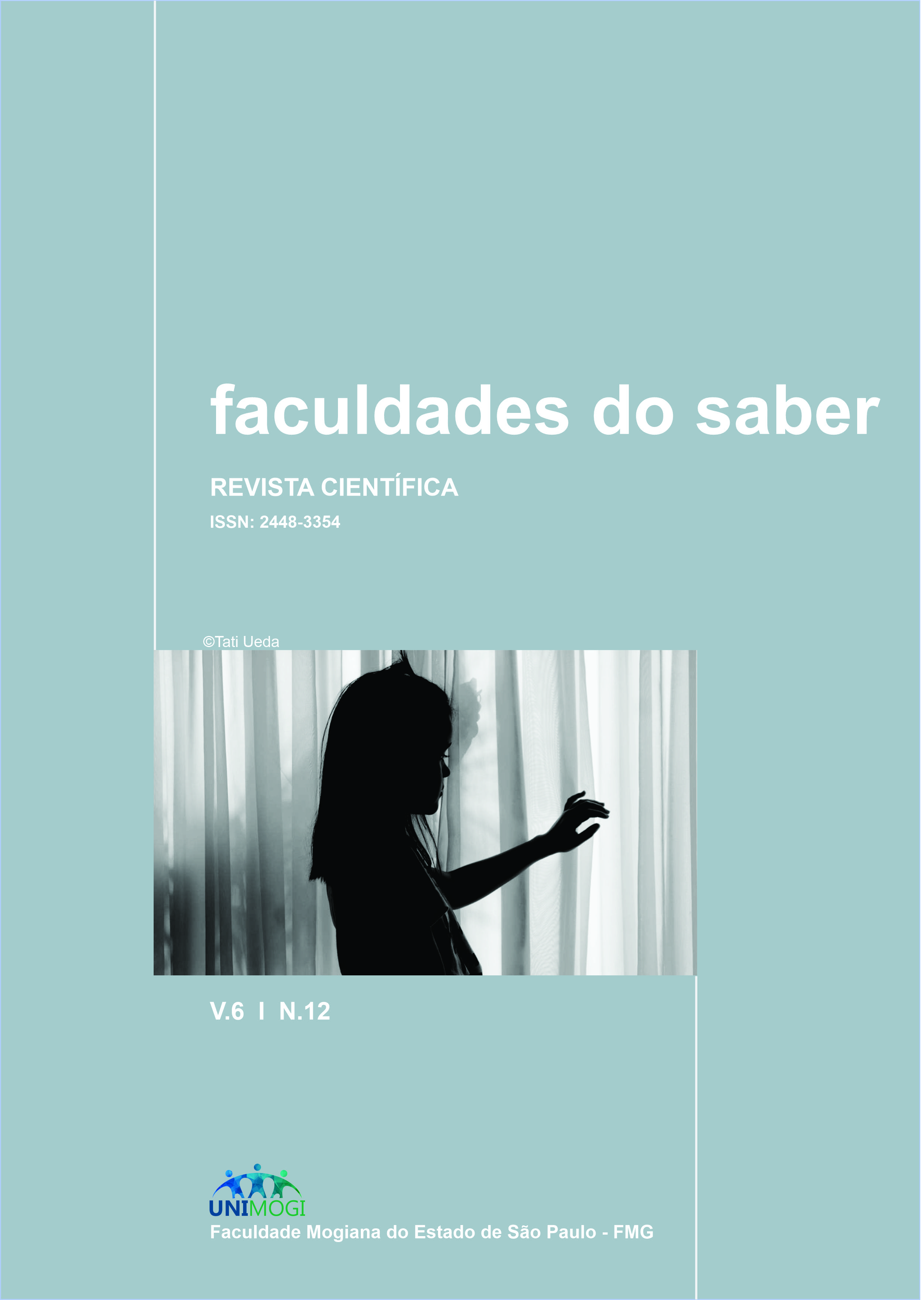SARCOPENIA IN THE ELDERLY: AGING, RESISTED EXERCISES AND FUNCTIONAL RESERVE
Keywords:
Sarcopenia, Envelhecimento, Exercícios ResistidosAbstract
Aging is an irreversible process common to all, a process that causes decline in physiological systems, loss of strength and muscle mass over the years, such changes called sarcopenia, and this process can be accelerated due to inappropriate lifestyle. When treating this disease, in order to minimize its effects, the importance of resisted exercises to promote the quality of life will be highlighted. The objective of this was to analyze and review the multifactorial development, prevention, possible causes of sarcopenia in the elderly and promotion of strength through resistive exercise (RE). The present study is a literature review. For which books, magazines, online library searches and monographic documents were consulted. It was observed that for the treatment of sarcopenia in elderly the main strategy is progressive strength training, being resistance training a method of physical exercises that uses resistance on loads. It is suggested that the intervention performed through resistance exercises, contributes to the increase of muscle mass and improvement of muscle strength, thus becoming a powerful stimulus for hypertrophy and essential for the prevention of recurrent pathologies in aging.

